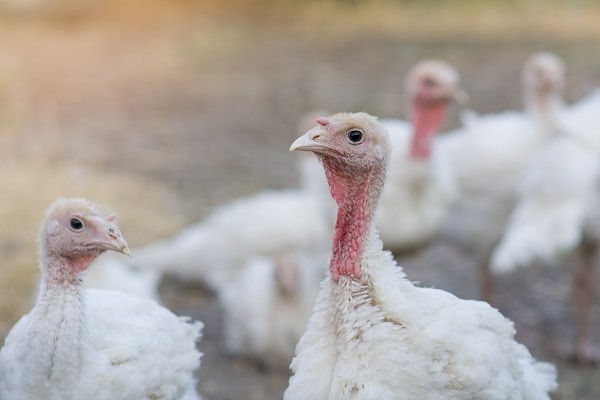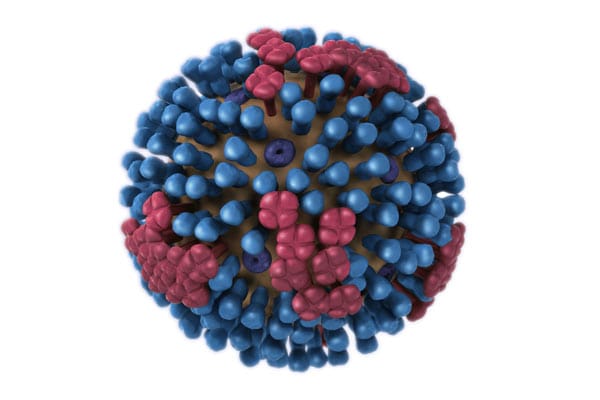Current Bird Flu Situation in Poultry

This webpage summarizes the current bird flu situation in U.S. domestic and global poultry.
Domestic Summary
- In February 2022, USDA’s APHIS announced an HPAI A(H5N1) virus outbreak in a commercial poultry facility followed by outbreaks in three U.S. states in commercial poultry facilities and a backyard flock, marking the first HPAI A virus detections in commercial poultry in the United States since 2020.
- Since February 2022, additional H5N1 bird flu outbreaks have been identified in poultry, including both commercial and backyard flocks in multiple states. The latest bird flu outbreaks in poultry in the United States are available from the U.S. Department of Agriculture’s (USDA) Animal and Plant Health Inspection Service (APHIS) webpage at USDA APHIS | 2022 Confirmations of Highly Pathogenic Avian Influenza in Commercial and Backyard Flocks.

A picture of a flock of young turkeys. Since February 2022, some H5N1 bird flu infections in the United States have occurred in commercial turkeys.
Preliminary genetic sequence data from some of the H5N1 bird flu viruses obtained from infected poultry suggests they belong to clade 2.3.4.4b, like most of the viruses recently detected in wild birds in the United States.
- More information is available in CDC spotlight articles.
*Highly pathogenic avian influenza (HPAI) and Low pathogenic avian influenza (LPAI) are described in the “Classification of bird flu viruses” section.
Global Summary
- From late 2021 to current 2022, the predominant HPAI A(H5) virus subtype causing poultry outbreaks worldwide is A(H5N1), according to WOAH. In December 2021, new HPAI A(H5N1) virus poultry outbreaks [610 KB, 6 pages] were reported in Africa (Niger), Europe (Germany, Russian, Sweden, Denmark and Portugal) and Asia (Israel, Japan, Korea and Vietnam). Ongoing HPAI A(H5N1) virus poultry outbreaks for which there were new reported outbreaks included Africa (Nigeria), Asia (Israel, Japan, Korea, Vietnam) and Europe (Belgium, Czech Republic, France, Germany, Hungary.)
- WOAH data collected on 18,620 HPAI A virus outbreaks in poultry between 2005 and 2019 reported by 76 affected countries and territories showed that spread of HPAI A virus among birds typically is lowest in September, begins to rise in October, and peaks in February.
- Between 2005 and 2020, HPAI A viruses resulted in the death and mass slaughter of more than 246 million poultry worldwide, with peaks in 2006 and 2016, according to WOAH. During the peaks in 2006 and 2016, about a quarter of the world’s countries were affected with HPAI A viruses, according to WOAH.
Background
Outbreaks of avian influenza (bird flu) among poultry occur periodically worldwide. More information is available from the World Organization for Animal Health (WOAH’s) World Animal Health Information Database (WAHID), HANDISTATUS II HANDISTATUS II (oie.int) and U.S. Department of Agriculture’s 2022 Detections of Highly Pathogenic Avian Influenza webpage. CDC coordinates with the World Health Organization and other international partners to minimize the public health risk posed by bird flu viruses.
Both HPAI and LPAI A virus outbreaks occur among poultry sporadically in the United States. The United States Department of Agriculture (USDA) is the lead federal agency for outbreak investigation and control in domestic poultry.
CDC coordinates with USDA and state health departments on appropriate public health measures and works with animal health colleagues to minimize public health risk posed by avian influenza A viruses.


